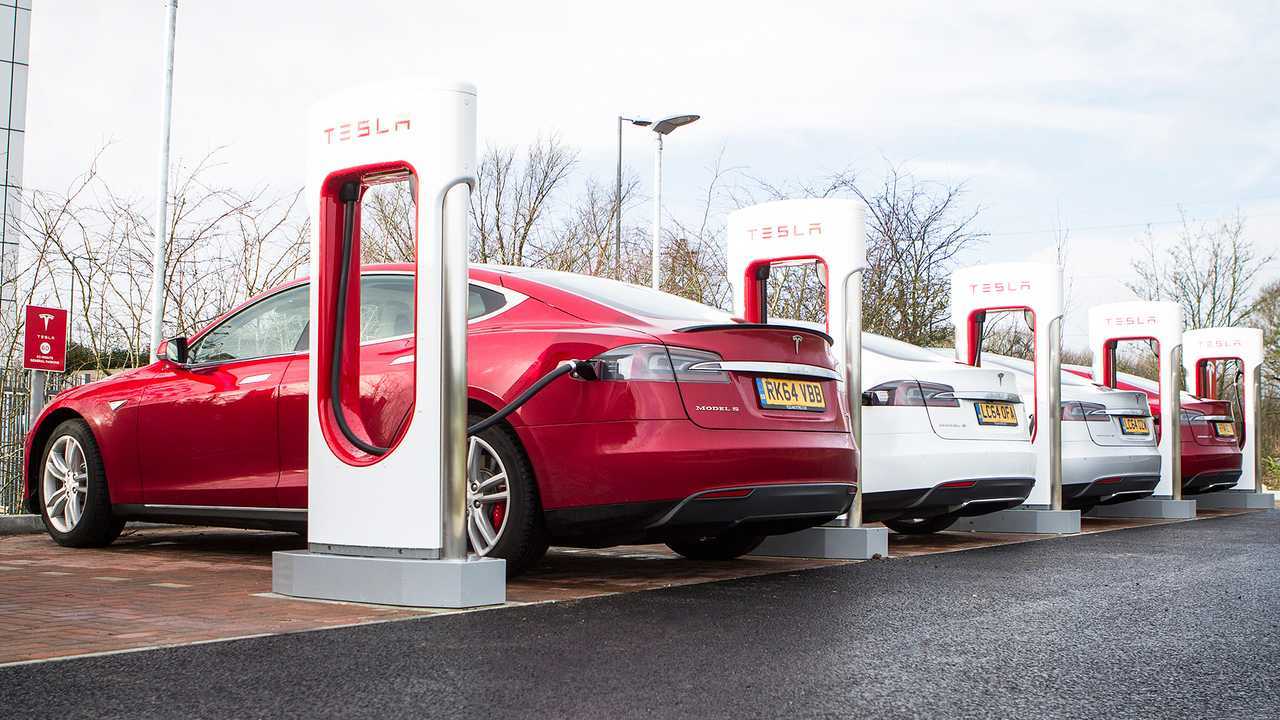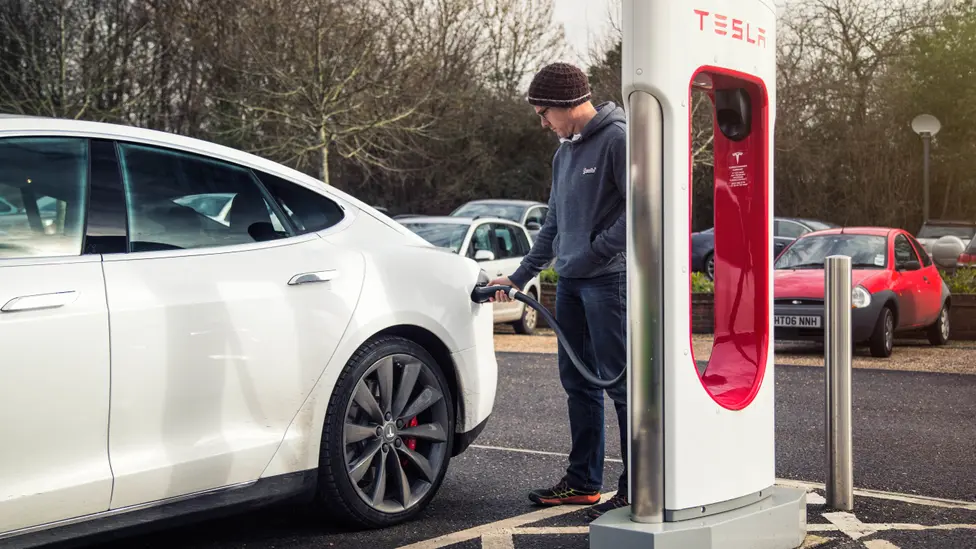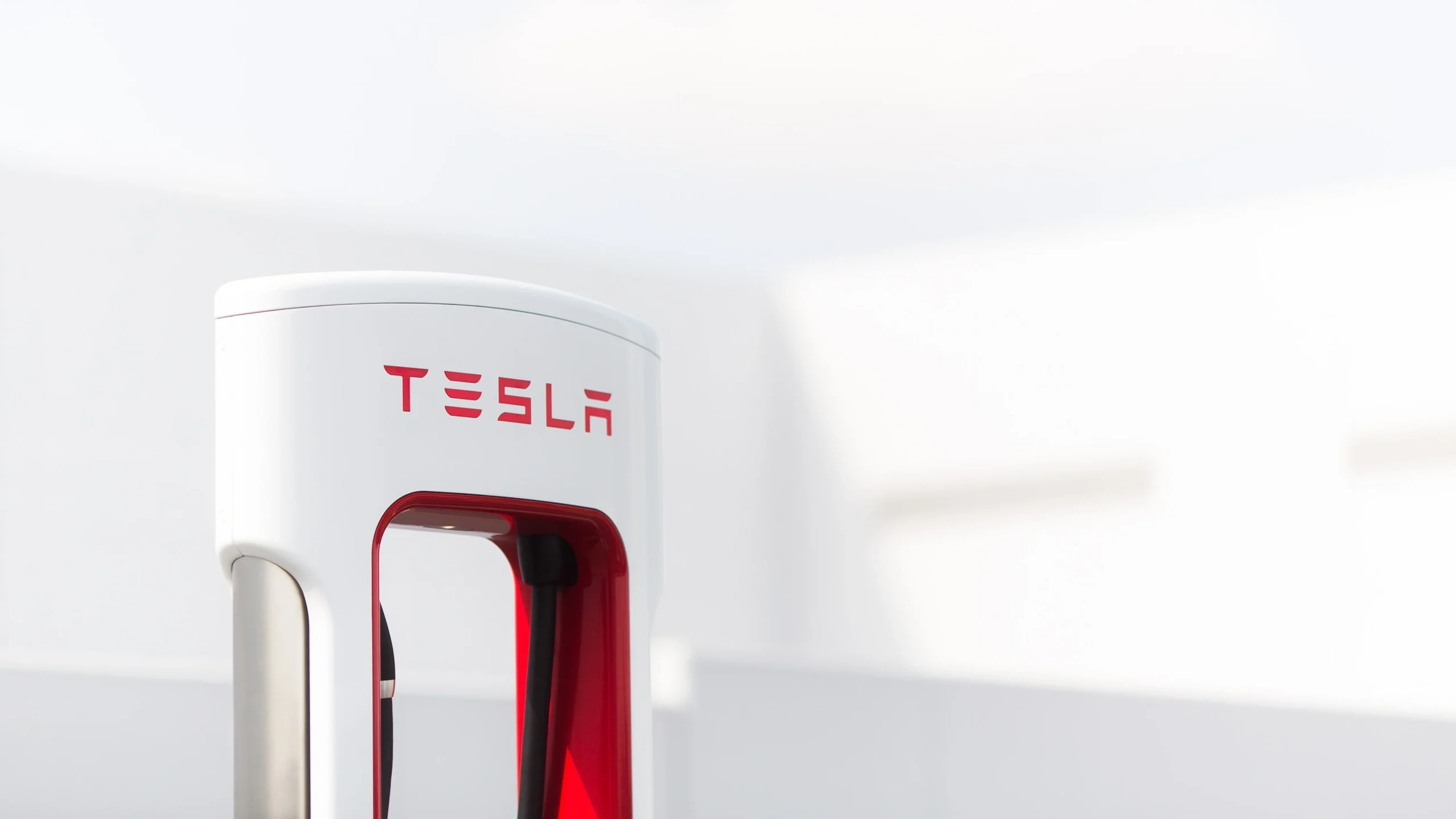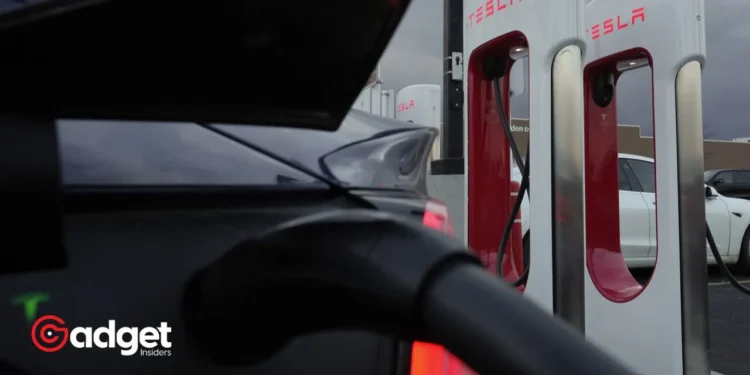In a significant development for the electric vehicle (EV) community, Tesla has announced its plan to open up its renowned Supercharger network to all EV brands by the end of this year. This move marks a major milestone in the EV industry, promising to enhance the charging infrastructure and convenience for EV drivers across the board.
With over 15,000 V3 Superchargers, Tesla’s fastest charging technology, becoming accessible, the landscape of EV charging is set for a monumental shift.
Tesla’s Strategic Move Towards Inclusivity
Until now, the privilege of using Tesla’s Superchargers was exclusive to its models and a select few from other manufacturers, namely Ford and Rivian. However, with the expansion plan set to roll out this spring, giants like General Motors, Volvo, and Polestar will join the fold, followed by the rest of the major automakers by year’s end.

This inclusivity does come with certain conditions. Not all Supercharger stations will be open to non-Tesla EVs, particularly in densely populated areas or those lacking the necessary software and hardware compatibility.
Moreover, the EV Giant has hinted at the possibility of higher charging costs for other brands, though a $12.99 monthly Supercharger membership could level the playing field, offering the same rates to all.
Overcoming Technical Hurdles
The integration of other brands into the Supercharger network isn’t without its challenges. Drivers of non-Tesla vehicles will need an adapter to connect, a hurdle Tesla plans to eliminate by 2025 when EVs will be manufactured with the NACS port—a new industry standard proposed by Elon Musk’s company.
This shift signifies the effort to standardize its in-house connector, a move that has seen gradual acceptance from other automakers, signaling a potential unification of charging systems in the future.

However, to handle a wider variety of cars throughout the transition phase, older stations will need to undergo retrofitting and software updates. This initiative in terms of logistics not only illustrates the company’s dedication to promoting the adoption of electric vehicles but also highlights the technical hurdles involved in the creation of a genuinely ubiquitous charging network.
A Look at the Future of EV Charging
The opening of Tesla’s Supercharger network to all EVs raises questions about its impact on charging station availability and whether the EV giant will introduce a reservation system to manage demand. Furthermore, it prompts discussions on how drivers will navigate the membership costs versus the convenience and speed of charging at a Supercharger station.
Polestar (PSNY) officially announces EVs can now charge at Tesla Superchargers in China https://t.co/14zwX74flh by @EVPeteJohnson
— Electrek.co (@ElectrekCo) March 20, 2024
With this expansion, Tesla not only cements its leadership in the EV industry but also plays a pivotal role in supporting the global shift toward sustainable transportation. By fostering greater accessibility and convenience in EV charging, Tesla is driving the momentum towards a greener, more interconnected future on the roads.
EVs Gearing Up for Supercharger Access
The list of EVs slated for Supercharger access is growing, including stalwarts like Ford, General Motors, Rivian, Volvo, and Polestar, alongside newcomers Mercedes, Nissan, Honda, and many others.
This diverse lineup underscores the widespread industry support for Tesla’s initiative, promising a more inclusive and efficient charging ecosystem for EV drivers everywhere.

As Tesla continues to innovate and push the boundaries of what’s possible in the EV space, its decision to share the Supercharger network is a testament to the collaborative spirit needed to overcome the challenges of modern transportation.
With this move, Tesla is not just offering a lifeline to other EV manufacturers but is also taking a significant step towards a future where electric mobility is the norm, not the exception.










